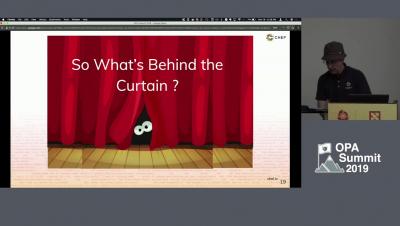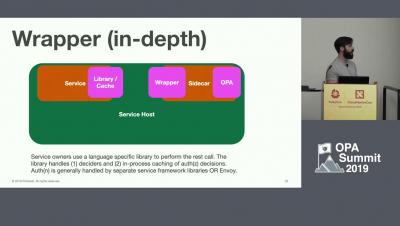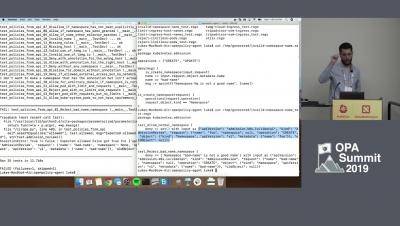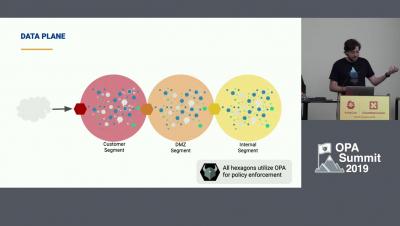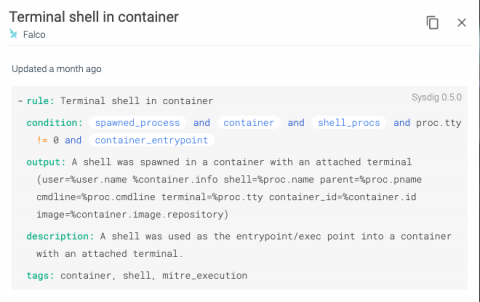Security | Threat Detection | Cyberattacks | DevSecOps | Compliance
DevOps
Open Policy Agent in Practice: From Angular to OPA in Chef Automate
Open Policy Agent at Scale: How Pinterest Manages Policy Distribution
TripAdvisor: Building a Testing Framework for Integrating Open Policy Agent into Kubernetes
Deploying Open Policy Agent at Atlassian
Open Policy Agent for Policy-enabled Kubernetes and CICD
PSA: Beware of Exposing Ports in Docker
Docker is an awesome technology, and it’s prevalent in nearly every software developer’s workflow. It is useful for creating identical environments and sharing them between development, testing, production, and others. It’s a great way to ship a reliable software environment between systems or even to customers. However, like with any technology, one must know how to be secure when using it.
Modern compliance with Sysdig Secure DevOps Platform
Authorization to Operate (ATO) in a day and on-going authorization are compliance nirvana. The ATO is the authorizing official’s statement that they accept the risk associated with the system running in production environments using live business data. The idea that all of the information necessary to make a risk decision is at hand and can be consumed by decision makers is what every compliance program is trying to achieve.
Technado, Episode 128: CyberArmor's Shauli Rozen
Announcing Datadog Security Monitoring
With the growing complexity and velocity of security threats in dynamic, cloud-native environments, it’s more important than ever for security teams to have the same visibility into their infrastructure, network, and applications that developers and operations do. Conversely, as developers and operations become responsible for securing their services, they need their monitoring platform to help surface possible threats.



